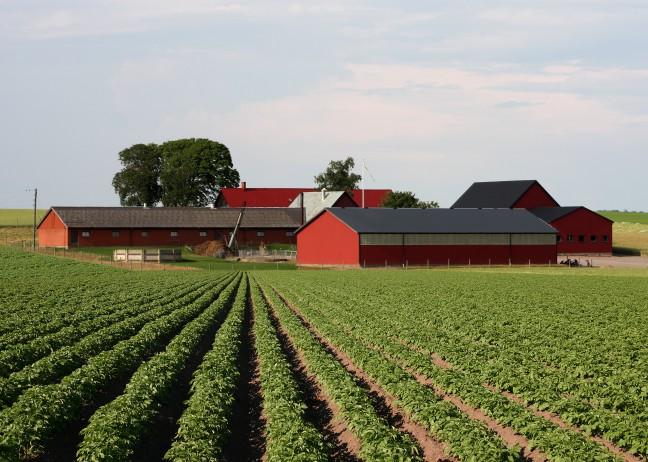In his electric keynote address at the 2004 Democratic National Convention, former president Barack Obama reminded us we can’t think of America as blue states and red states, or liberal states and conservative states — we are the United States.
His vision may seem quaint (if not absurd) nine months into the presidency of Donald Trump – Americans in urban and rural areas are more divided than ever, and racial resentment runs high.
As I look ahead to life after college next spring, I feel compelled to cling to the idea of a country that embraces difference and treats citizens with tolerance and respect. I believe that to mitigate hatred, it is critical to understand the conditions under which it arises, and flourishes.
The psychological theory of in-group bias can help to explain why many voters in rural America have shown such willingness to turn on minority groups such as undocumented immigrants, Muslims and African-Americans. Prejudice often arises from the desire to protect the status of one’s group, and this desire is particularly strong among groups with high levels of similarity, proximity and interdependence.
In-groups also tend to see unfamiliar groups as homogenous rather than as individuals, which increases the likelihood of assigning stereotypes. Thus, when in-groups feel threatened, they legitimize prejudice toward out-groups as a collective interest, normalizing perspectives or behavior that might otherwise seem wrong.
This is all very relevant to explaining Trump’s support in rural America, where people live in small communities and share very close bonds. Rural areas also tend to be very racially isolated — most white people have little to no contact with people of backgrounds other than their own, creating space for negative stereotyping and lack of trust.
These realities, coupled with threats of declining economic prospects and terrorism in rural America, make conditions for bigotry ripe. As a result, many rural whites have willingly accepted Trump’s offer of minority groups as a scapegoat and an outlet for their anger. Last November, they did so overwhelming, delivering Trump victories in 249 of the 250 whitest counties in America.
In contrast, in urban areas, diversity mitigates most of the negative consequences of in-group bias, as different social groups inhabit a shared space and interact on a day-to-day basis. Personal relationships between in-group and out-group members foster a perception of shared identity, reducing the likelihood of prejudice.
Differences in support for gay marriage is just one example — 73 percent of those who say they personally know a lot of gays and lesbians favor same-sex marriage, while 59 percent of those who say they know none oppose same-sex marriage. Interaction allows for an acknowledgment of shared experiences and struggles, making groups more likely to view themselves as one community with a common fate in the face of adversity.
If intolerance often emerges from a lack of interracial contact, how can we make progress in rural communities that tend to be racially homogenous?
Though perhaps it would be ideal, we can’t just transport people from diverse backgrounds into rural areas. Fortunately, there are ways to indirectly achieve interracial contact that can have a positive effect on reducing prejudice.
In “The Science of Equality,” Godsil and her co-authors found that presenting people with examples that break stereotypes, having them think of people of color as individuals and asking them to assume first-person perspectives of people of color all reduce subconscious racial bias. It would be a long, arduous process to reach everyone in rural America in this way, but canvassers, religious groups and schools can begin to take on this role.
Other potential remedies are creating public forums for communities to discuss their anxieties, incorporating more racial history into school curriculums and putting an end to the conservative news media’s role as an echo chamber for Trump’s agenda.
If we are to have any hope that a Trump-like candidate is not our 46th president, publicly ridiculing Trump supporters and dubbing them racists is not the answer. In fact, it is likely to put them on the defensive and reinforce attitudes of white supremacy.
While we should continue to unequivocally denounce all forms of racism and xenophobia, we must also acknowledge that Trump supporters want to be heard before they are ready to open their minds to other points of view. This is the only way to create room for positive dialogue.
By conveying the message that the fate of all Americans is tied together, regardless of race or religion, we can begin to mend the bridges that have been broken and create a more tolerant, empathetic country.
Natalie Spievack (spievack@wisc.edu) is a senior majoring in political science and economics.


